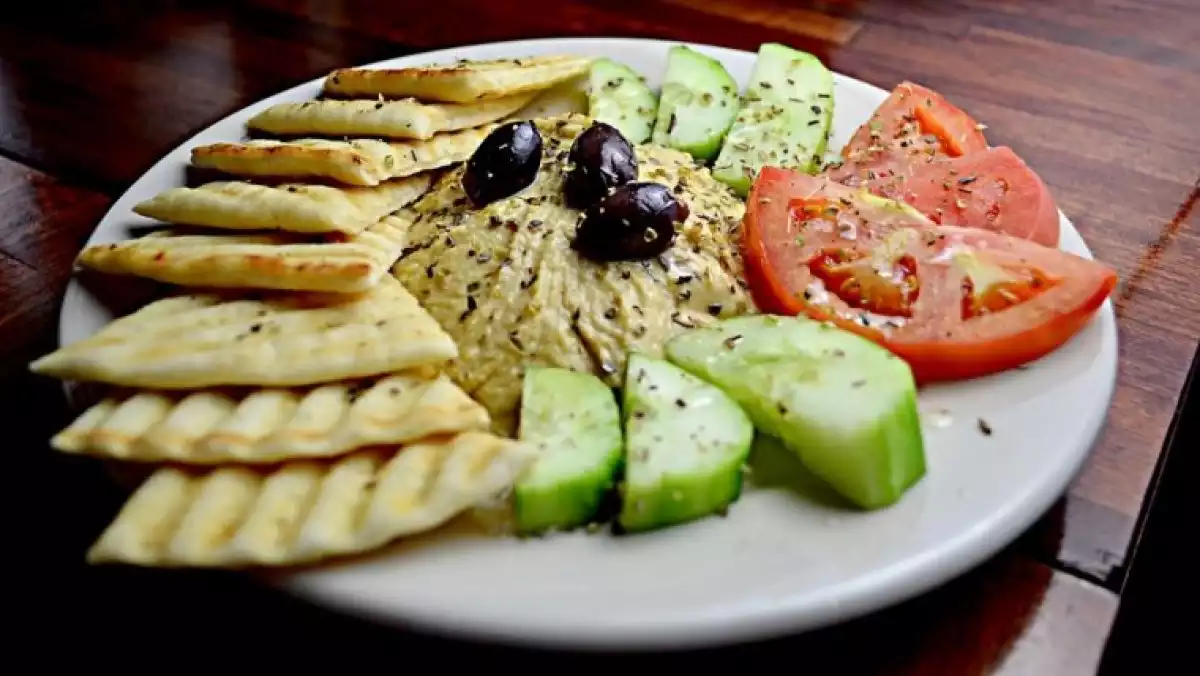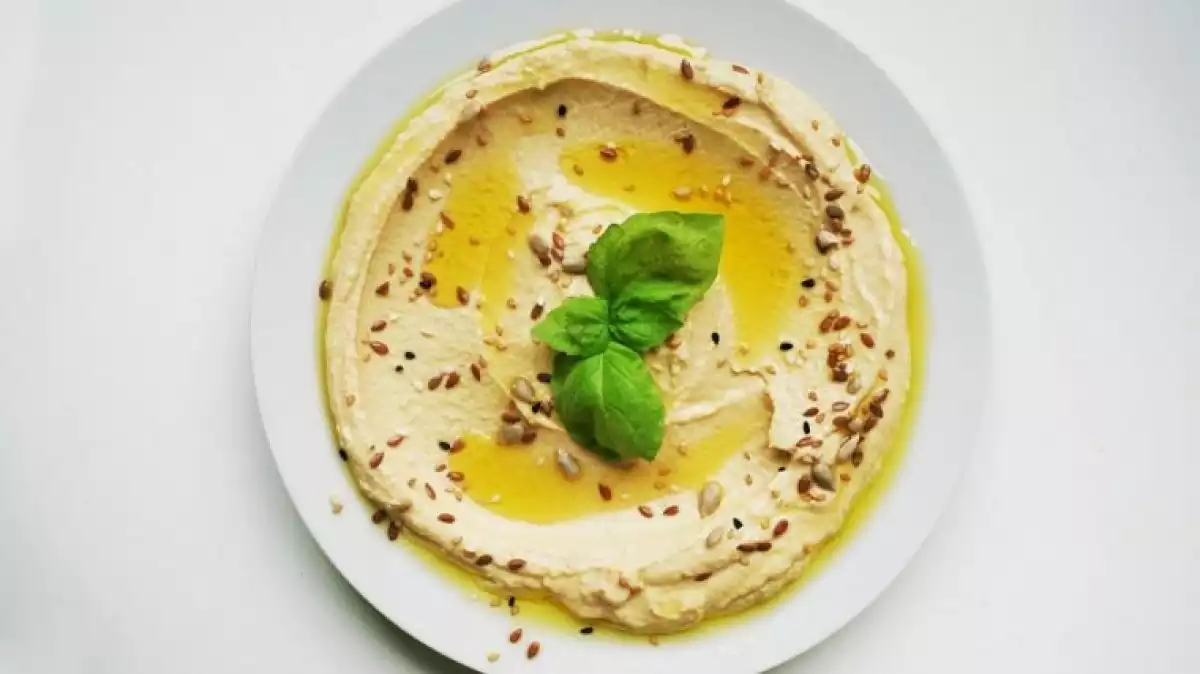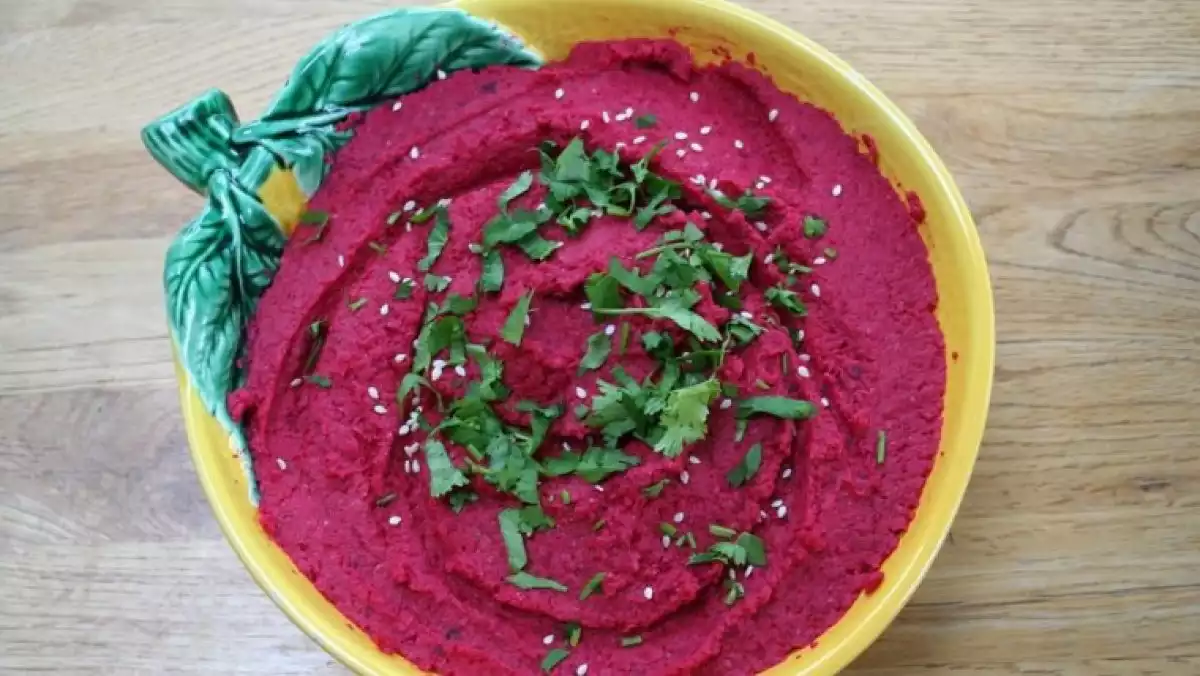
Hummus is one of the best-known sauces, creams or purées in Arab gastronomy. It can be prepared from many ingredients, commonly chickpeas and beetroot. Because it provides many nutrients and it is an easy food to make, hummus is part of the basic diet of vegans, though not exclusively.
Nowadays, you can buy hummus in any supermarket. However, you could also prepare it yourself at home. In this article, we are going to explain how to make traditional homemade hummus, only in 7 easy steps.
How to make hummus. Ingredients and homemade recipe
The word "hummus" means "chickpea" in Arabic. It is one of the star sauces or creams of the eastern Mediterranean region, mainly from Syria, Lebanon, Palestine, Turkey, and also Greece.
This sauce or purée can be eaten at any time. It works as an excellent breakfast, snack or dinner, as it can be eaten on its own or dipping bread or vegetables such as carrot or cucumber, among others.
Hummus has become a very popular dish around the world, because of its taste and because it is an excellent vegan option for all those who follow a diet with no animal products.
As we have already mentioned, this purée can be made from different foods, but the most common one is chickpea, so this is what we are going to explain in the following lines: how to make chickpea hummus. First, you need to know what the hummus ingredients are:
Chickpeas as the essential ingredient (if you want to make beet, aubergine or lentil hummus, for example, you just need to replace the chickpeas)
Baking soda
Tahini, which is a paste made from sesame, i.e., ground sesame seeds, a mixture that is part of many typical dishes of this region.
Half a lemon
Garlic
Freezing cold water
Salt
Coriander, cumin, oregano or the condiment of your preference.

1. Soak the chickpeas in water
Before starting our hummus recipe put the chickpeas in a bowl full of water. This step is necessary to soften and hydrate the legumes that need to be cooked afterwards. So it facilitates the cooking process that follows.
The amount of water should be double the amount of chickpeas that you are going to use. For instance, if you use a cup of chickpeas, put two cups of water. Although the soaking time may vary, it is advisable to calculate an entire night before you prepare the hummus.
2. Cook the chickpeas
Once the chickpeas have been in the water for 8 to 10 hours, drain them and place them dry in a pan to cook them. In this pan, put a spoonful of bicarbonate and cook them for 3 minutes at high fire.
The baking soda will serve to separate the chickpeas from their skin. While the chickpeas are cooking, stir them continuously if you want your homemade hummus recipe to come out well.
3. Remove skins
After the 3 minutes have gone by, put a liter and a half of water in the pan with the chickpeas and wait until it boils.
While the chickpeas are cooking, with a spoon or skimmer, remove the skins that you will see at the surface of the pan, so that the chickpeas are clean and peeled.
Then leave them in the boiling water, so that they finish cooking. To calculate the cooking time it is important to look at the manufacturer's recommendation (if you have bought packaged chickpeas in the supermarket), which is usually 20 to 40 minutes.
On the other hand, if you have bought unpackaged chickpeas, count 20 to 30 minutes of cooking and then check if they are soft enough.
4. Crush the chickpeas
Once the chickpeas are clean, wet and soft, put them in a tube or container to crush them. This can be done with the mixer, the blender, or a cooking robot. The important thing is that the chickpeas are well mashed.
Once the chickpea paste is already done, add 270 grams of tahini, lemon juice, 4 cloves of peeled garlic and the salt that you want. Then chrush them again to create a homogeneous paste.
5. Add the water
After crushing the mixture for approximately 5 minutes, add 100 milliliters of freezing cold water. This step aims to make the sauce creamy and the ingredients well incorporated.
You almost have your homemade chickpea hummus. You just need to cover it with foil or aluminum foil for about half an hour for all the flavors to settle.
6. Serve
You can serve your homemade hummus with any leaf as decoration, for instance, mint, parsley or coriander. Finally, add a little olive oil over the hummus to enhance the flavors and get a look just like the traditional hummus.
You can also serve hummus with a little Arab bread, pita bread, sliced bread, or with some vegetables such as cucumber or carrots sticks.

References
Lailie, I. (2008). Institute for Middle East Understanding, Hummus, a Palestinian staple 2008 at the Wayback Machine.
Rombauer, I. S.; Becker, M. R.; Becker, E. (2002). All about Party Foods & Drinks. New York: Scribner. p. 30.
Zubaida, S. (1994). National, Communal and Global Dimensions in Middle Eastern Food Cultures" in Sami Zubaida and Richard Tapper, A Taste of Thyme: Culinary Cultures of the Middle East, London and New York.
